Two new seismic surveys have been released onshore and are now avaialble through UKOGL. The 3D surveys are located in Cheshire and North Yorkshire.
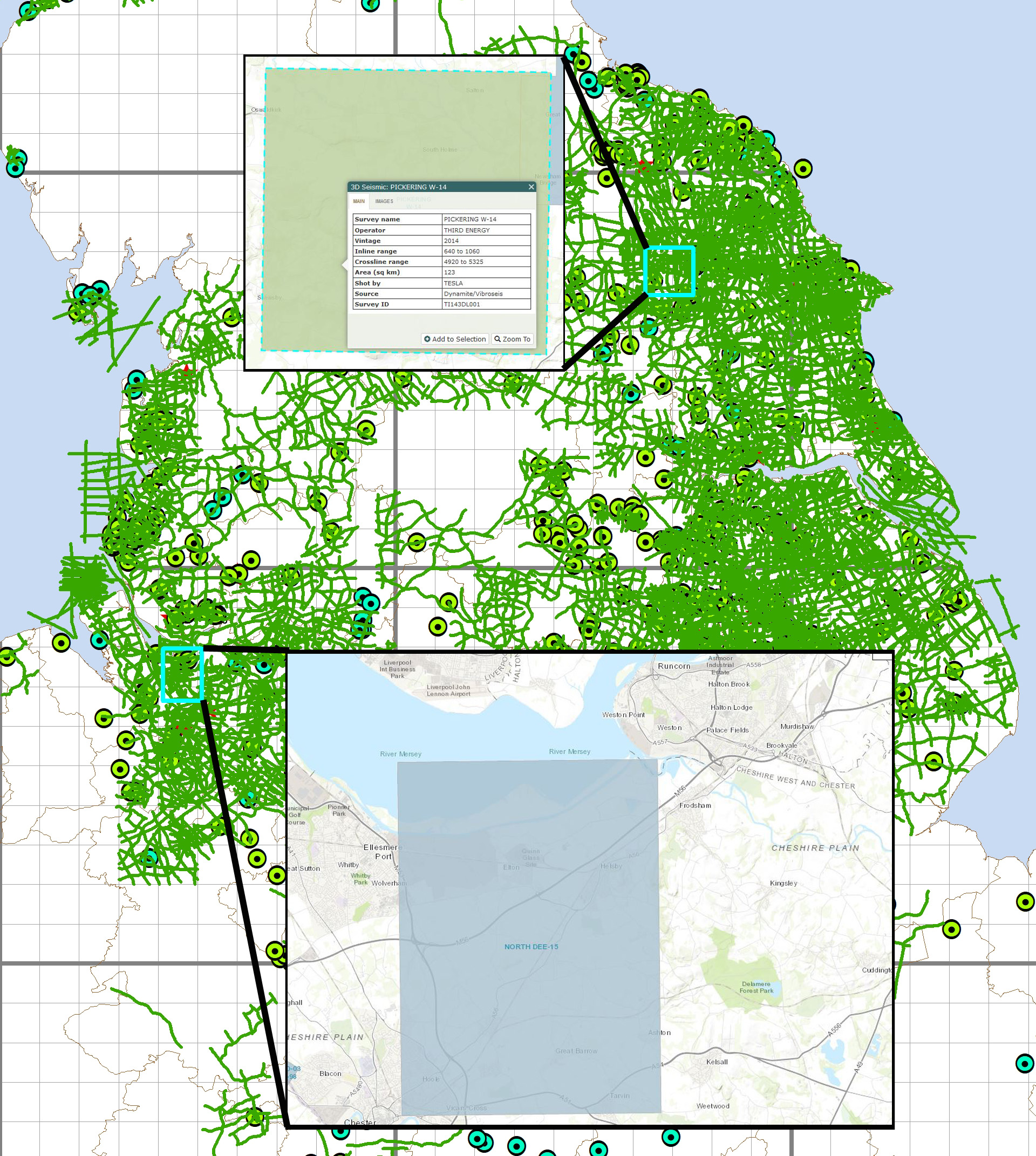
Two new seismic surveys have been released onshore and are now avaialble through UKOGL. The 3D surveys are located in Cheshire and North Yorkshire.

UKOGL will be exhibiting at the upcoming PESGB Prospex Conference to be held at the Business Design Centre Islington on December 11th & 12th 2019.
We hope that you can visit us at Booth Number 6 where representatives of the UKOGL Trustees along with the Lynx Administration Team would very much welcome the opportunity to meet you and provide details of our current activities, updates and the wide range of resources that UKOGL & Lynx have to offer.
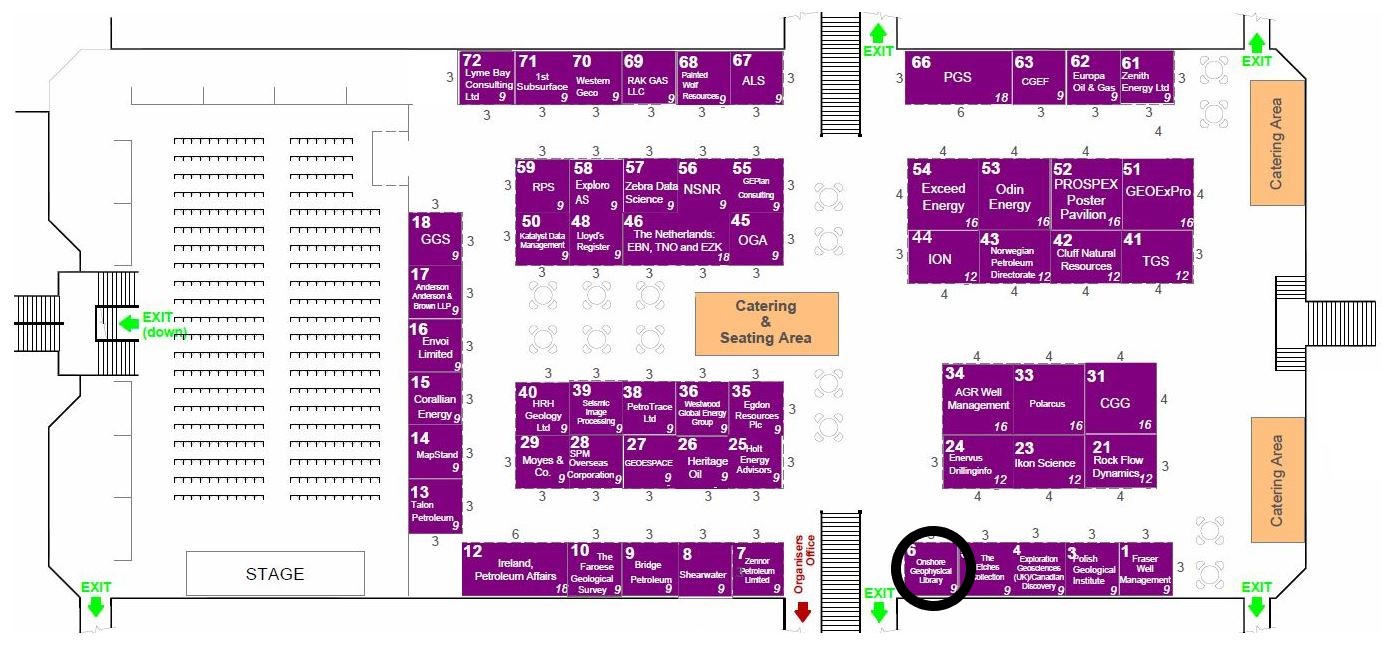
We have now added a direct link from our Wells map layer allowing the user to seamlessly access the equivalent records for each individual well and borehole as held in the BGS GeoRecords Open Licence archives.
The link can be found on the Images tab when querying any location within the Wells Layer.
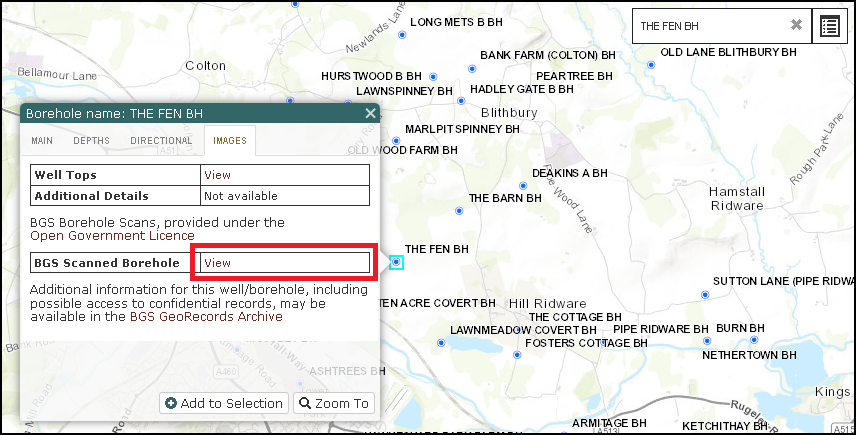
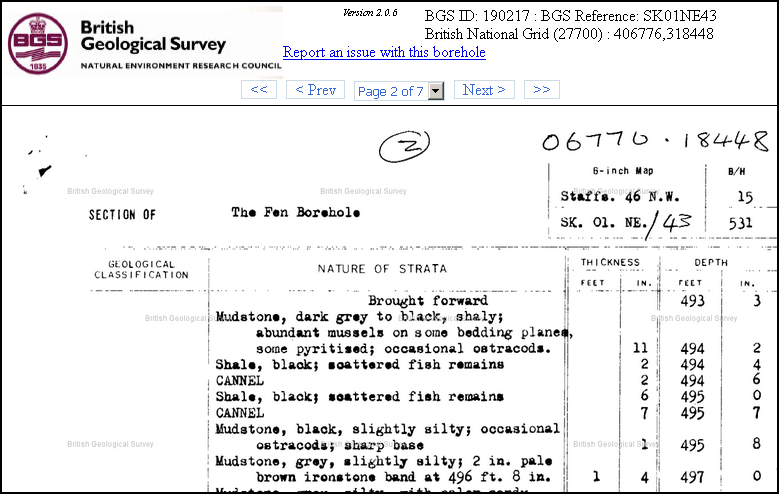
Whilst records for many of the Exploration wells in the BGS Archives may currently be classified as confidential, for the majority of wells within the UKOGL Additional Boreholes layer supplemental information should be freely available.
For full details of the extensive resources as held by the BGS and also guidance as how to access data, including Confidential Records, please visit the BGS GeoRecords web site.
For a small number of the older legacy wells, recently sourced original Operator records have revealed that these wells were subsequently deepened and that this was not reflected on the graphic Composite Logs as presented at the time of submission.
UKOGL records have now been updated for the following:
EAKRING 34, 39, 70, 73, 74, 75, 76, 80, FORMBY G23, KELHAM HILLS 18 and WEST DRAYTON 2.
Whilst most revisions have been minor and not resulted in a change in the formation at TD, in the cases of EAKRING 34, 39 & 80 total depth is now in the Lower Carboniferous as opposed to the Upper or Middle Carboniferous as previously stated. UKOGL Well Tops presentations have been updated accordingly.
UKOGL have implemented an expanded and improved well search capability to the online interactive map focusing on the Well Formation Tops information that is held for each well.
Accessible via the contents panel, ‘Wells’ and ‘Additional Selected Boreholes’ can now be searched separately using a new set of filters and search options, these include:
Well Formation & Well Formation Age
Bottom Hole Age & Bottom Hole Formation
Well Operator
To search both the OGA ‘Wells’ and the ‘Additional Selected Boreholes’ separate searches should be performed on each well set.
For each set of wells the selected filters can be combined together and the results are automatically displayed on the map to quickly and easily target the displayed information.
Example Search Summary: The Well Formation Tops search options are located on the content side panel of the interactive map selected via:
Wells > Surface Locations > Search Box or Wells>Additional Selected Boreholes>Search Box
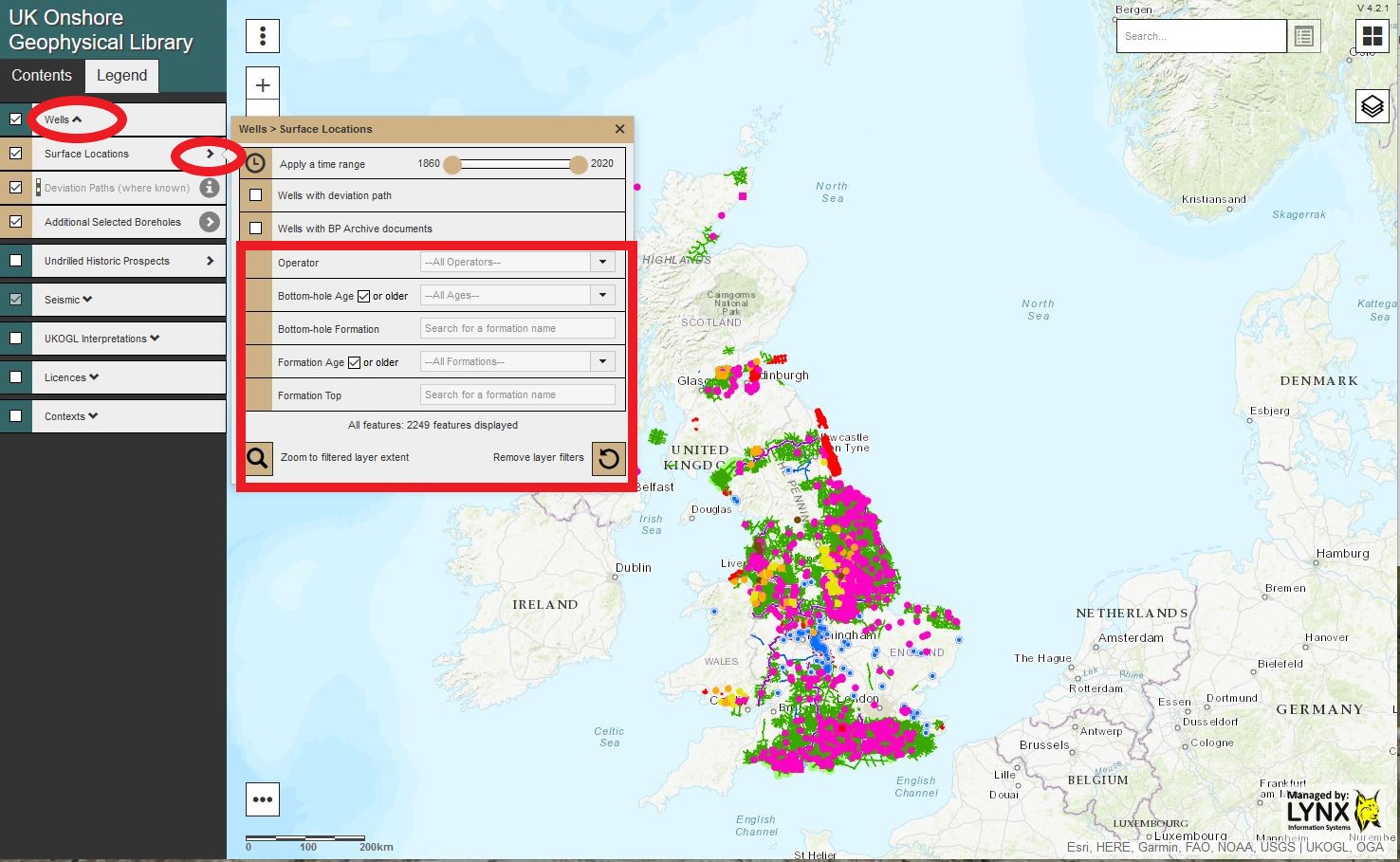
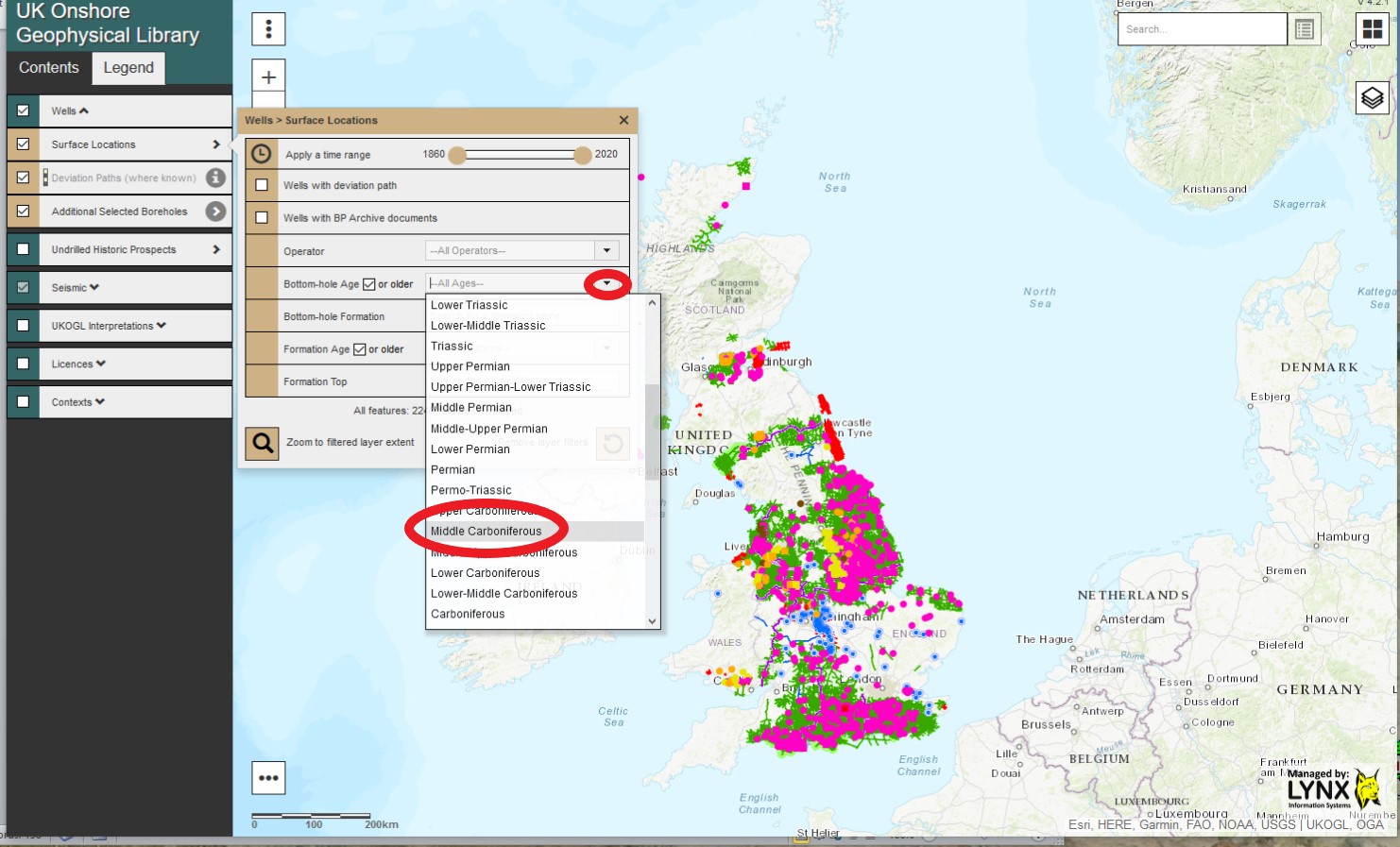
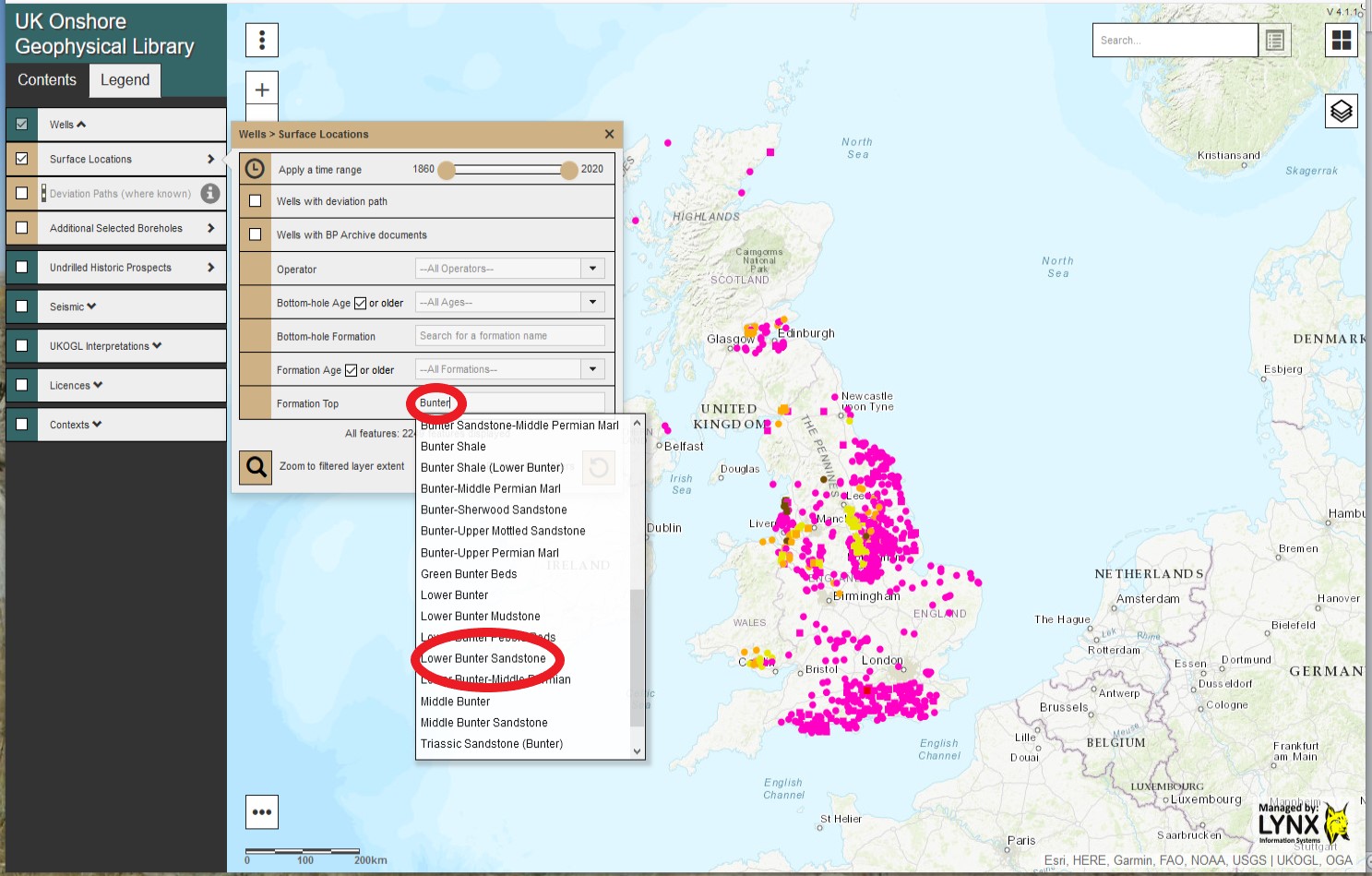
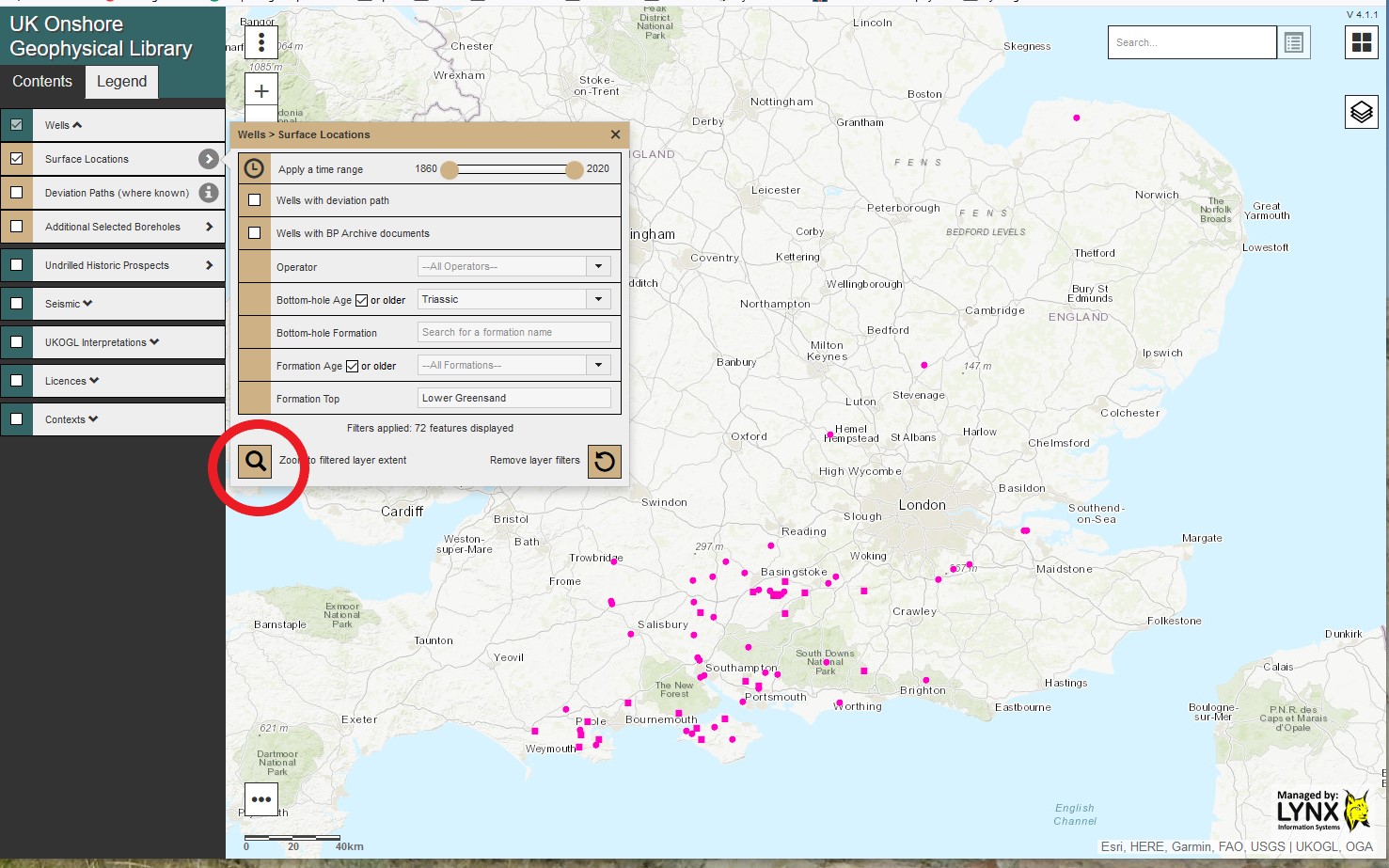
All filters can be combined to further refine each search performed upon the wells with each search result depicted by the wells displayed on the interactive map.
Select the ‘Remove layer filters’ icon to cancel all filters and re-display all available onshore wells.
New Regional Study Release
UKOGL are pleased to be able to release and make available a new regional report that utilises the seismic images that are freely available on the UKOGL website. The independent report: The Value of UKOGL Seismic Lines in major engineering projects: The HS2 High-Speed Rail Project by Robin Grayson demonstrates the potential value of the seismic data that is archived and held by the UK Onshore Geophysical Library in planning large engineering projects in the UK.

UKOGL data is available for use by all interested parties, not just educational and commercial organisations but also the general public. In this case, the seismic lines show elements of the underlying deep geological structure that can have a large influence on the stability of major construction work and it is very encouraging to see our data utilised in this manner.
The report can be accessed either via the ‘Supplemental Resources’ side panel on the UKOGL home page, followed by selecting the ‘Regional and Government Studies’ link and then the ‘Northern England’ option, or by using the ‘Catch All Reports Search’ icon on the UKOGL interactive map and clicking on the map over the Manchester area.
A small batch of new Industry reports have been made available on the UKOGL webite, the Field Development Plans have been made available and released with the agreement of the Oil & Gas Authority.
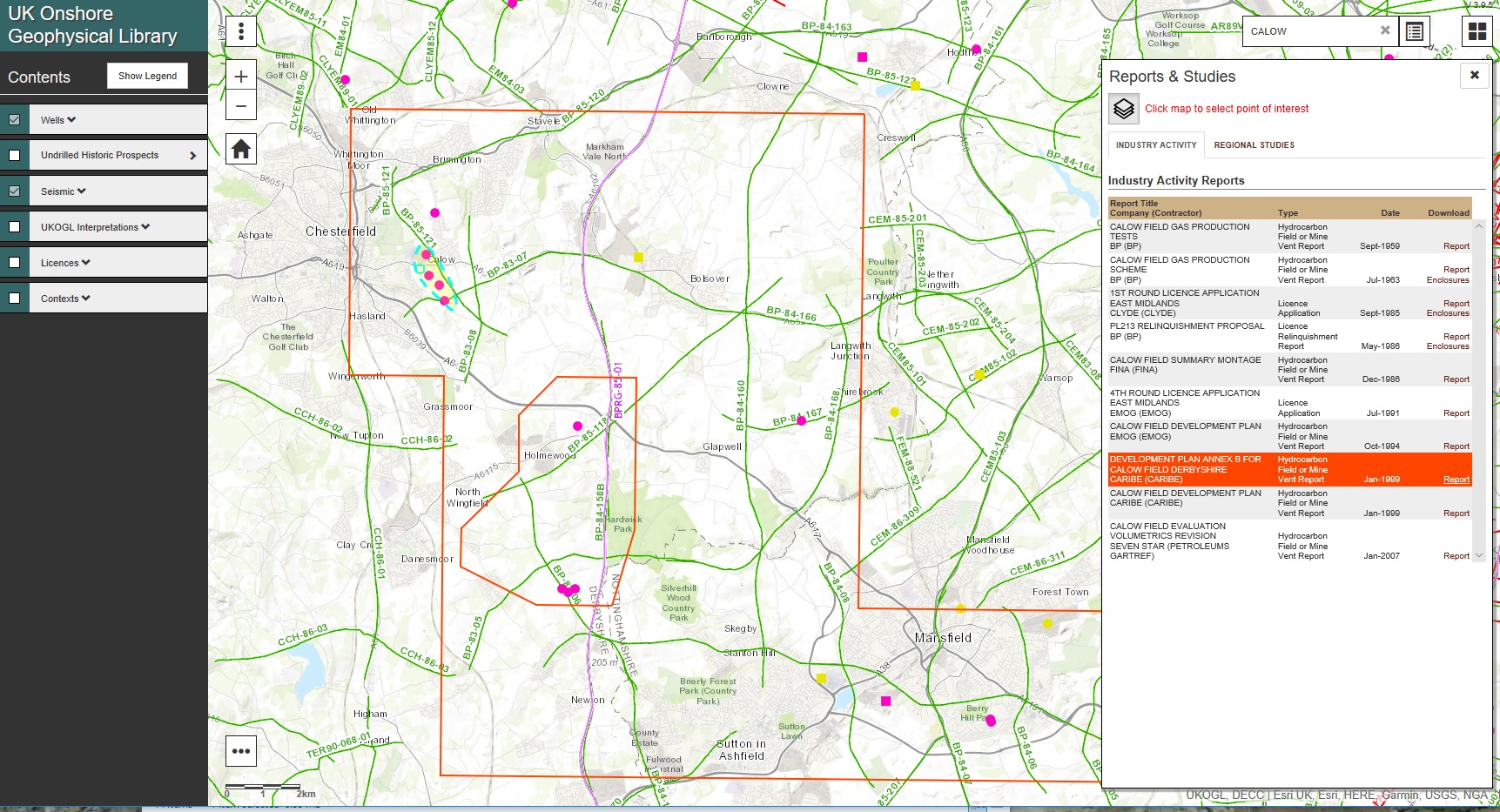
The latest released reports are located over PL213 (Calow), DL004 (Albury), PEDL068 (Kirkleatham) & PEDL141 (Nooks Farm) and can be downloaded from the UKOGL website either by the ‘Industry Activity Reports’ tab or the search facility on the interactive map.
Following on from the release of the OGA onshore seismic data packages, Lynx Information Systems have updated the seismic viewer for the Wytch Farm 3D seismic data in the Anglo Paris Basin data package.
The 3D Seismic data can now be viewed as a ‘Cube’ using iSeisview.
The new viewer is enabled by default and provides an interactive 3D cube perspective view of the survey, allowing zoom and rotation to view inline and crossline profiles from any angle, with a choice of display styles and scales.
You can try out the new 3D viewer here
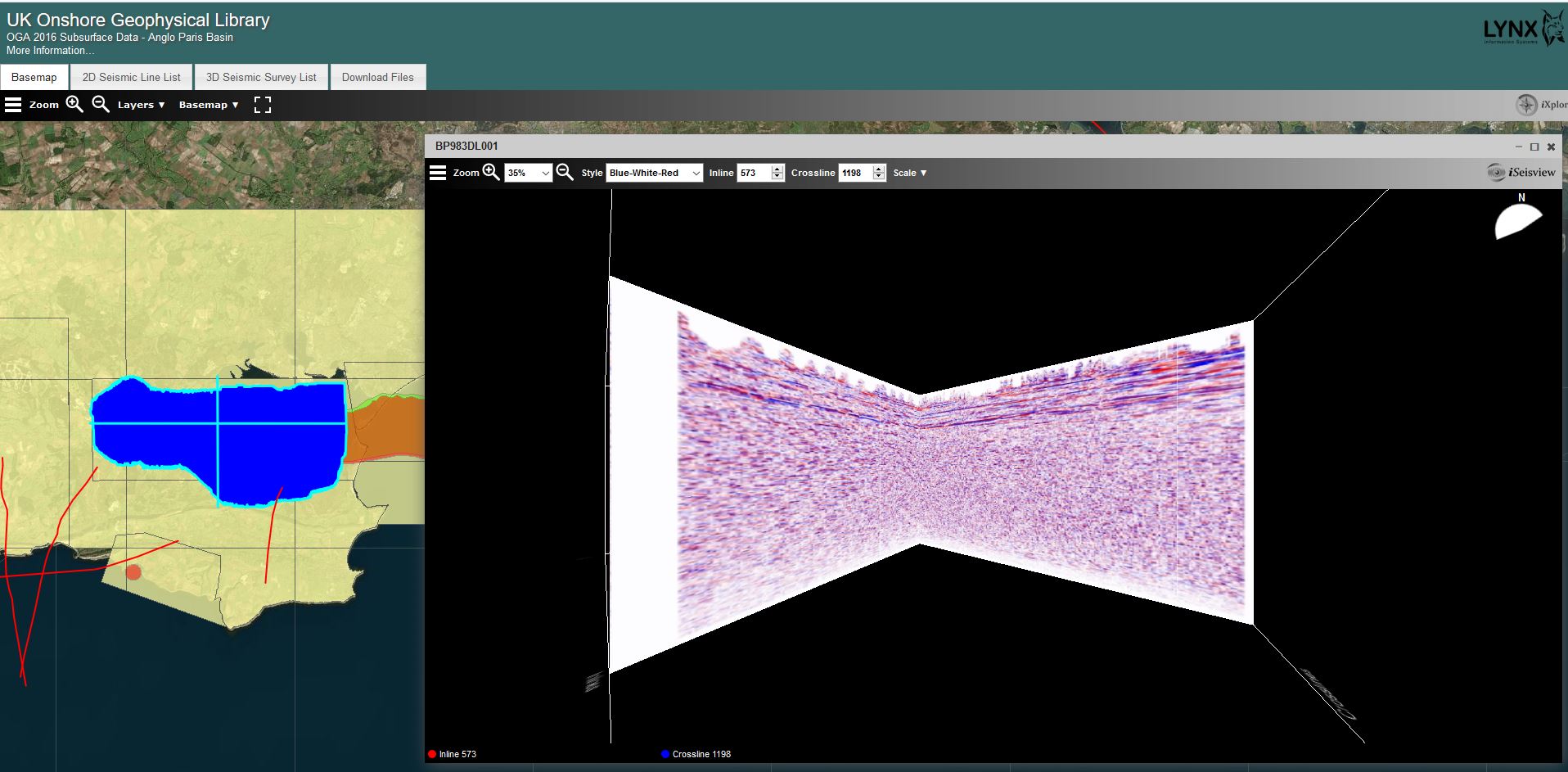
For more information about the Anglo Paris Basin data seismic data please contact UKOGL
If you have any questions about the viewer and its implementation then please contact Lynx.
We will be exhibiting at the upcoming PESGB Prospex Conference to be held at the Business Design Centre Islington on December 12th & 13th 2018.
We hope that you can visit us at Booth Number 6 where representatives of the UKOGL Trustees along with the Lynx Administration Team would very much welcome the opportunity to meet you and provide details of our current activities and the wide range of resources that the Library has to offer.